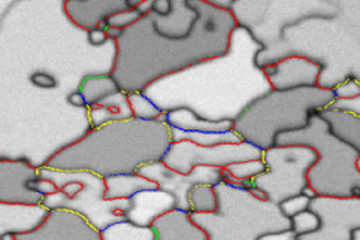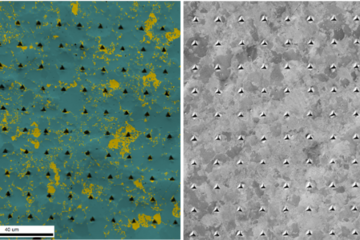All genres
1.
Journal Article
Design and construction of a micro-indenter for tribological investigations. Mat.-Wiss. Werkstofftech. 36, pp. 13 - 17 (2005)
2.
Talk
Examination of particle-surface contact under tribo-corrosion conditions with a novel low force micro indenter. 55th Meeting of the International Society of Electrochemistry, Thessaloniki, Greece (2004)
3.
Talk
Detektion von Elementarprozessen der Tribokorrosion. Bunsen-Tagung 2004, Dresden, Germany (2004)
4.
Talk
Dynamic and Quasi Static Particle Impingement in Flow Corrosion. COST F2 2nd Workshop „Local Flow Effects in Hydrodynamic Systems”, Paris, France (2003)
5.
Talk
Dynamic and Quasi Static Particle Impingement in Flow Corrosion. Seminar an der Graduate School of Engineering der Universität von Hokkaido, Sapporo, Japan (2003)
6.
Poster
Korrelation von “Jet impingement” und Mikroindentation Versuchen. 79. AGEF Seminar - 25 Jahre Elektrochemie in Düsseldorf, Düsseldorf, Germany (2004)
7.
Poster
Micro-indenter for tribo-corrosion investigations. 5th European Symposium on Nanomechanical Testing, Hückelhoven, Germany (2004)











